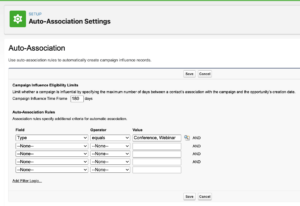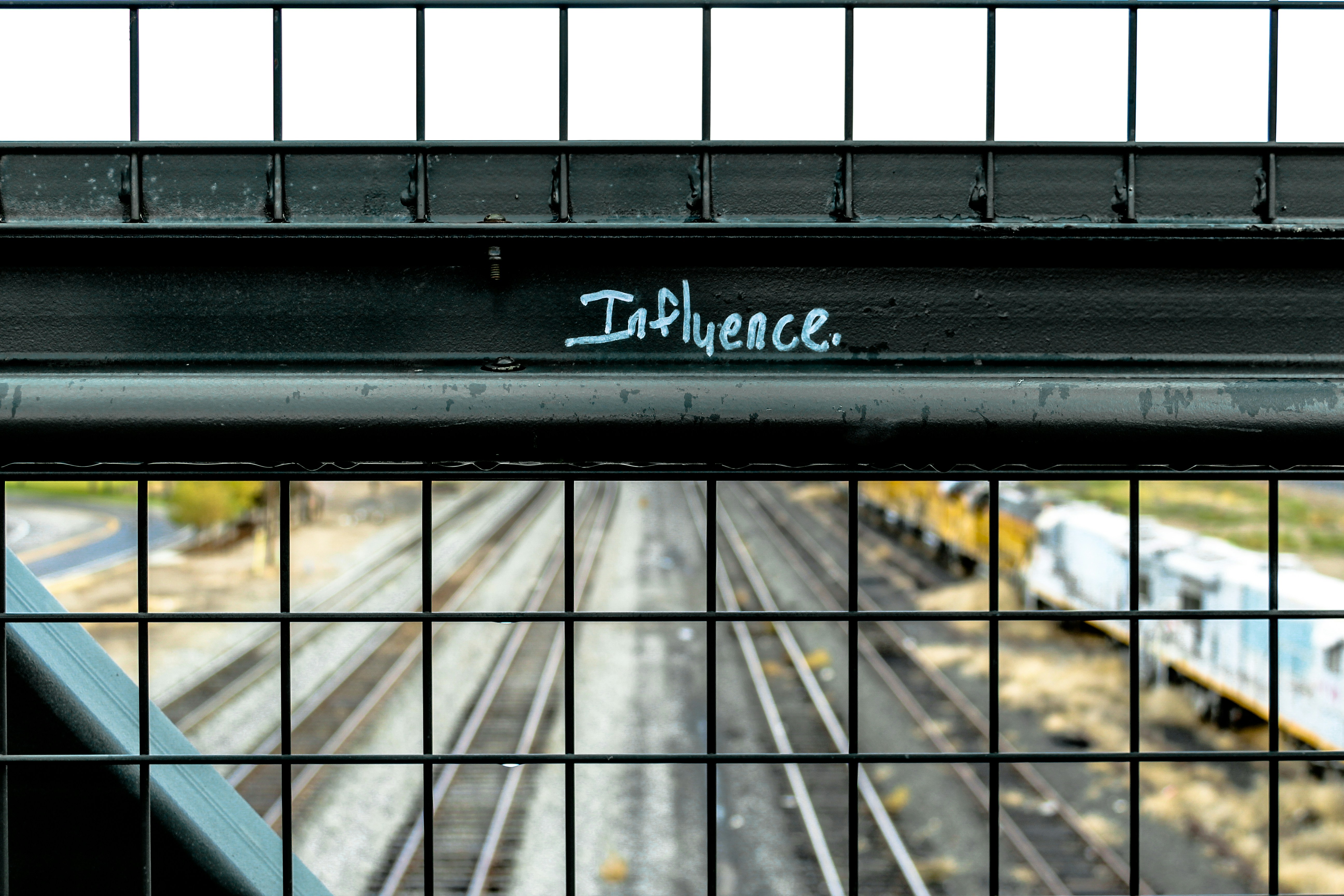Campaign Influence is a standard Salesforce feature that calculates how Salesforce Opportunities are associated with the Campaigns that help generate them by assigning a percentage of success to those campaigns.
Campaign Influence has influence models which scan active Campaigns to identify Campaign Members who are also assigned as a Contact Role to an open Opportunity. This model will then create Campaign Influence records based on that relationship.
This blog will cover Customizable Campaign Influence which is available in Lightning – Campaign Influence 1.0 is the legacy functionality that is only available in Classic and will not be covered within the blog.
Why do you need Campaign Influence?
Campaign Influence is a powerful tool that helps build a bridge between sales revenue and marketing data – because of this, it is a fundamental tool in measuring marketing ROI as it provides information on which campaigns are successfully driving revenue, based on your Opportunities within Salesforce.
For example, by utilising Campaign Influence, you can see that an Event you hosted last month has generated an Opportunity as the Opportunity will contain a Contact Role that is also a member of the Campaign. Therefore, Campaign Influence records will be generated to show the link between the two.

How do you use Campaign Influence?
Campaign Influence can be enabled by navigating to ‘Campaign Influence Settings’ within Setup. Once this has been enabled, you can set up any auto-association settings and the influence models you require.
In the ‘Auto-associations Settings’ within setup, you can set the criteria you want to limit associations by either time frame or by field filters. These settings allow you to have more flexibility within your org for when Campaign Influence records should be created or if they should be created at all.

- Time-based: based on the number of days between a Contact’s association with the Campaign and the Opportunity creation date.
- Rules: set filters to only include Campaigns with certain criteria, for example, only include those with a Type of ‘’Conference’’ or ‘’Webinar’’. This can also include other fields such as the Status of the Campaign.
Now, you will need to set up your models – you will have access to different types of models depending upon whether you have Sales Cloud or Account Engagement. The models can be created/updated in the ‘Model Settings’ section in setup.
The next section of the blog will cover the different types of models that can be created within Sales Cloud and Account Engagement and how they work.
Looking for help with Salesforce?
Sales Cloud vs AE Campaign Influence Models
Sales Cloud models:
Primary Campaign Source:
- This default model is set once Campaign Influence is enabled
- This model will assign 100% influence to the Campaign in the Primary Campaign Source field on an Opportunity
- It uses auto-association, so users cannot add Campaign Influence records manually

Custom:
- Allows users to manually add or edit an influence % in the Campaign Influence related list on Opportunities
- Users create an influence record and assign a Campaign, Contact and influence %
- Custom models allow the creation of influence records via Apex triggers or via the API
Account Engagement models:
First-touch:
- This is generally the primary model in account engagement, where 100% influence and revenue attribution is associated with the first campaign a prospect has had with your brand, product or service.
- If the prospect interacts with other campaigns, they are not considered in this attribution.
- Rule-based Model and depends on the campaign members Created Date.
Even-distribution:
- This model assigns an equal percentage of influence and revenue attribution to all campaigns a prospect has engaged with.
- Rule-based Model
- For example, if there are 5 campaigns that a prospect has engaged with, each campaign will have 20% campaign influence attribution.
Last-touch:
- This model assigns 100% influence to the last campaign a prospect touches before an opportunity is closed.
- Similar to first-touch, any other campaigns that lead to the final touch are not considered in this attribution.
- Rule-based Model and relies on the Last Modified Date of the campaign member.
Einstein attribution:
- This model analyses historical campaigns and looks for patterns in campaign influence.
- If there are no opportunity contact roles on certain opportunities, virtual opportunity roles are created to bridge the gaps in campaign attribution.
- AI-Data Driven Model
Conclusion
Campaign Influence is a powerful piece of functionality and by leveraging its capabilities and using the correct model, organisations can gain valuable insights into how different Campaigns are contributing to Opportunities and therefore, measure the success of these Campaigns
Going forward, this will allow marketing teams to focus on the Campaigns that are more successful and help to drive increased revenue for the organisation.
Multiple different models are available, however, it is important to remember that not all models are available with Sales Cloud only and Account Engagement may be required in order to utilise a model that fits your organisation’s requirements. Why not get in touch with us to find out how Campaign Influence can help you?
This post was co-authored by Alex Reeves & Hannah Shimali


